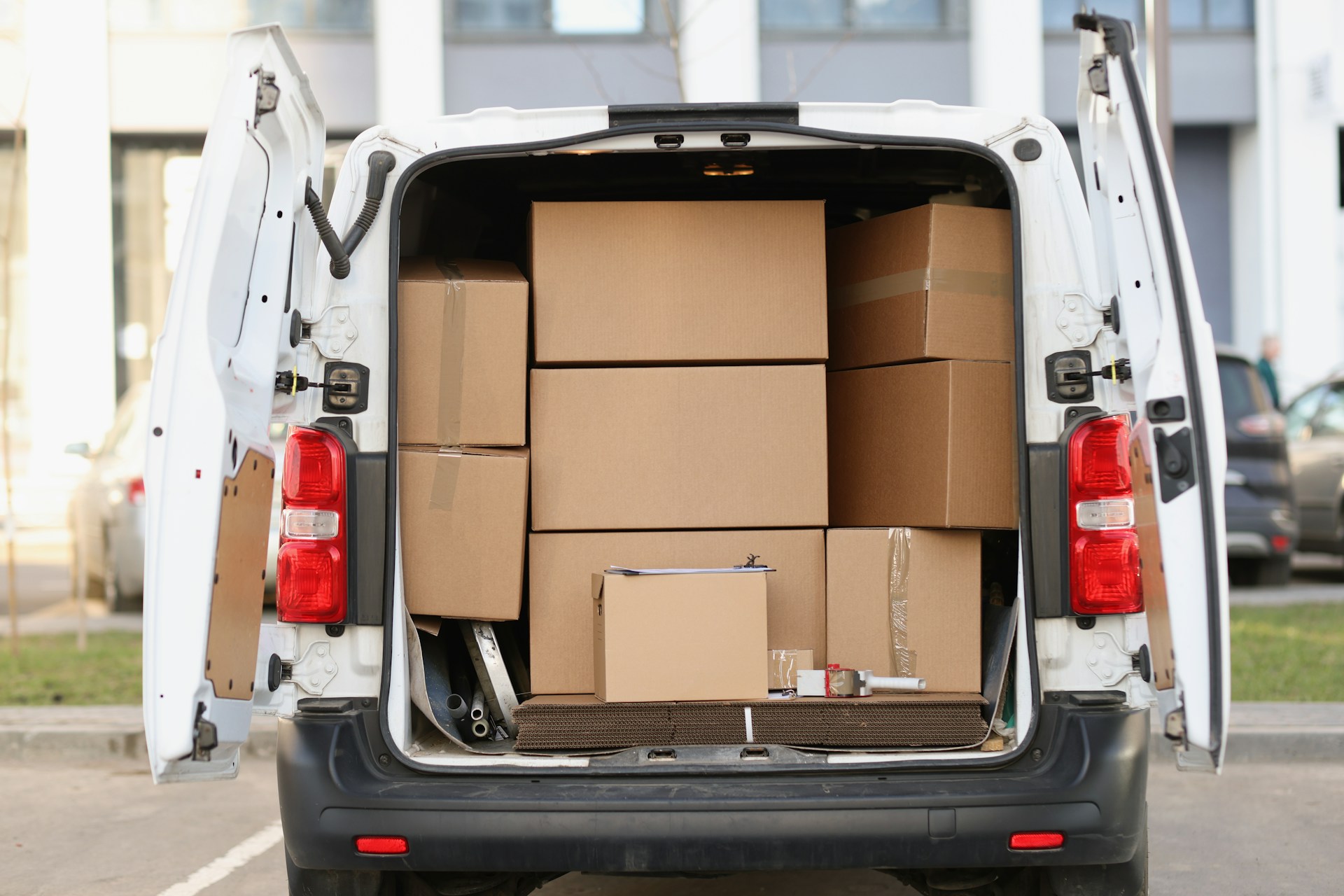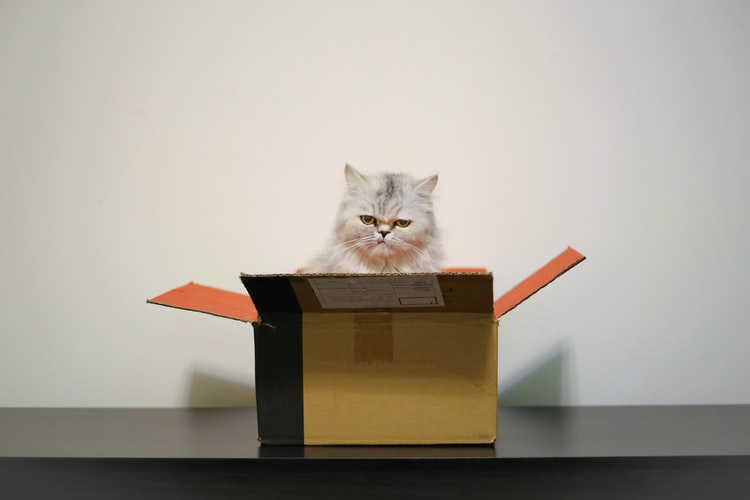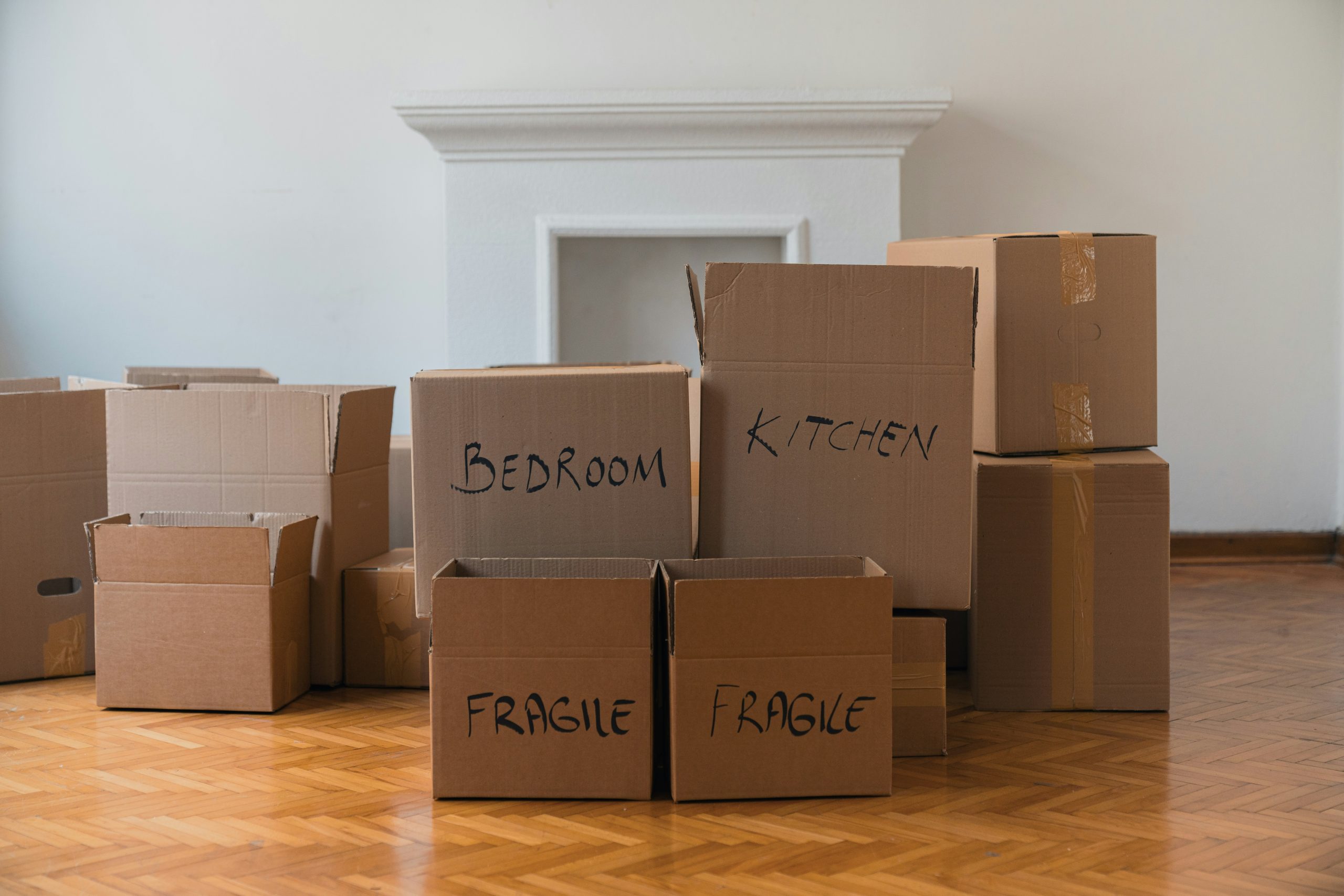
How To Settle Your Pets When Moving House
We all know moving house can be stressful enough without having to consider your pets’ welfare as well. But for those of us who own cats or dogs (or even both!) moving can be even more tricky. So many questions and what if’s… Will they settle in? What if they don’t? Well, at Trott Rentals we know that your pet’s happiness is just as important as any other part of a house move, and we have gathered some tips and advice to help ease the transition for your cats, dogs, and you.
Before you get there:
- Keep your own stress to a minimum (if you can help it). Pets can often inherit our mood, and tense atmospheres and unsavoury tones of voices can affect our pets more than we probably realise. There has been scientific evidence across multiple studies that dogs can differentiate between human emotions by vocalisation, facial expressions and pointing gestures. So keep in mind, during a very stressful time, to keep your tone of voice at a frequency your pet recognises as positive. The BBC recently posted the story, ‘your cat can pick up on how you’re feeling.’ This article showcases a study carried out at the Oakland University in Michigan, in which they found that the ‘animals behaved differently when their owner was smiling compared to when they were frowning’. So, don’t underestimate your pooch or kitty! They are more than likely able to tell something is changing.
- It’s a good idea to start introducing things like boxes or dust sheets early on. This way your cat or dog will begin to get used to these items well before the move actually happens. By integrating them nice and early, hopefully it will eliminate any element of shock on the day. Depending on your cat, you might want to think about setting up some hiding places or snuggly refuge boxes amongst the others. Perhaps tape most of the boxes up, but leave a couple for your cat to nest in should they so desire.
- Associate anything to do with packing with fun and treats. Positive associations cannot be stressed enough. The aim is to familiarise your pet with small changes to minimise any distress of being surrounded by anything alien to them.
- Don’t disrupt their normal routine if you can help it. It is widely understood that routine for a cat or dog is a healthy way to reinforce good behaviour and happiness in your pet. Packing and organising yourself before the move is often the most difficult part, so it’s easy to neglect special times with our pets. However, now more than ever it is important to make time for your animal, no matter how flat out you are.
- Try to pack when your pet is not around. Loud movements and chaotic environments can cause a lot of distress, especially if they’re not used to it. Granted all families and pet owners will have different lifestyles, so it’s good to be extra conscious if you come from a very quiet or single home.
In transit:
- Ask a friend or family member for help. Never be too worried to ask for help. Book your pet a little play date with someone you and your pet trust. This will keep their stress levels low and means you can prepare the new home for your cat or dog before they arrive.
- If this is not an option, make sure that you have a solid plan of action when you get to your new home. Think ahead, and make sure you remain as calm as possible throughout the day.
- Make sure you transport your pet in a car that is normal to them. If this is not possible, don’t wash any old blankets or bedding and put them in the car with them. This will maintain their connection with their old home which is safe and familiar to them.
When you get there:
- Do your utmost to keep old routines alive. Now you’re in a new home, you might have an entirely new house layout, or be in a new neighbourhood with a new landscape, or a completely new job. Your life may have turned upside down, but it’s important to try and keep your pet’s life as similar as it was before. If your cat is in a new neighbourhood, it’s best to leave them to introduce themselves on their own terms.
- Give your cat extra cozy hiding spaces, and choose one main room to kit out with cat stuff. Cats are far more independent than dogs, but it is important to set them up with everything they need so they have a safe environment to return to. It is also advised to close all doors and windows at all times as cats often have an instinct to escape when they are somewhere new. (Battersea.org) Let them fully settle with their indoor surroundings before you let them outside to explore.
- Again – Try not to outwardly stress, and find a way to let off some steam when your pet is not around.
- It’s wise to keep old furniture for a few weeks whilst they adjust. They will smell and feel familiar to them providing comfort, stability, and once again will reinforce the idea of routine.
- Patience. This is not an easy process, and it will take time, patience and a lot of love. Remember amongst everything else, your pet will be feeling most likely as stressed as you are. So show them a little compassion and make sure you seek help if you need support.
Are you moving house soon? At Trott Rentals we boast a large fleet of large vans for hire. Call us today on 01603 426487 or email on info@trott-rentals.com for further advice. We look forward to receiving your inquiry.







